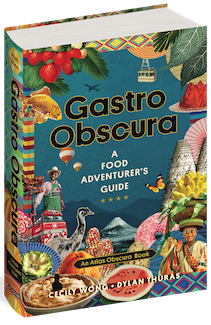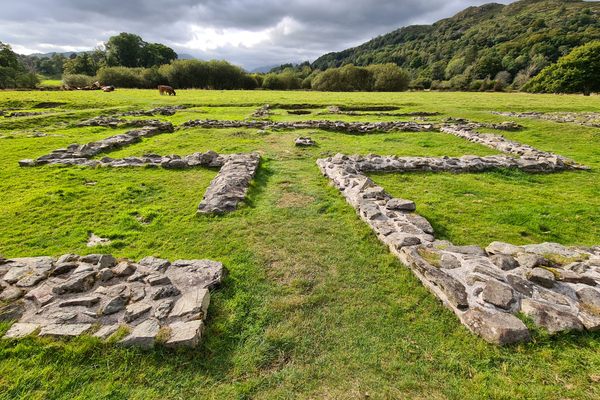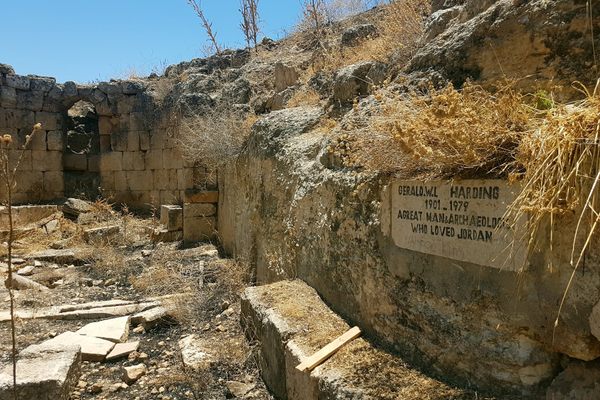El Majuelo Ruins
The extensive relics of an ancient Roman and Phoenician fish processing plant hide in a town park.
These 2,500-year-old ruins are all that remains of a once-thriving fish factory that produced salty snacks and ground-up guts for export throughout the Roman Empire.
Beneath the soaring palm trees growing beside a popular ornithological park is Almuñecar’s sun-beaten botanical garden of El Majuelo. Within this landscaped urban oasis of tropical plants and sculptures is a depression filled with enigmatic vat-like ruins. This surprising hollow is fenced off by a protective concrete barrier and traversed by a bridge that doubles as a viewing platform.
Unearthed in the 1970s, these vast and ancient vessels were once full of salted fish fillets and fish guts, which were ground down and fermented to make a popular sauce, called garum. This industrial enterprise began during the Phoenician-Punic era in the 4th century BC, and was later extensively expanded by the Romans to include administrative offices alongside the pungent production area.
Fish exports from Almuñecar (a town the Romans knew as “Sexi”), were famed throughout the classical world, having been mentioned in texts by classical authors like Strabo and Pliny.
Know Before You Go
Almuñecar is one of Europe’s oldest continuously inhabited settlements, hiding many archaeological treasures. The Park of El Majuelo is situated beneath the Arabic castle, and close to the beach. It is well signposted throughout the town, and not too difficult to find. The ruins themselves are to the right of the park's main entrance.




















Follow us on Twitter to get the latest on the world's hidden wonders.
Like us on Facebook to get the latest on the world's hidden wonders.
Follow us on Twitter Like us on Facebook